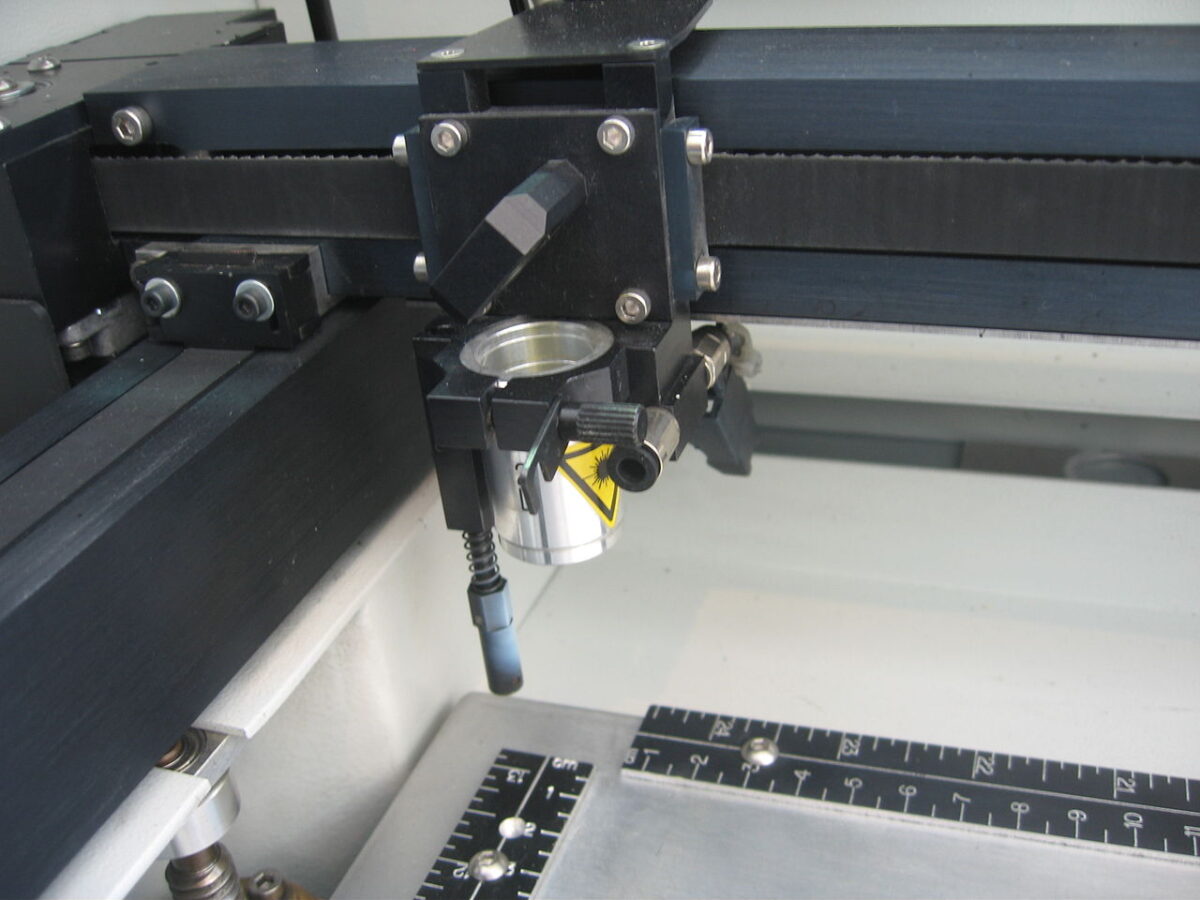Virtually all modules on the market today feature cells that have been cut into two or more pieces. Using cut cells results in a lower current, reducing power loss at the module level. Half-cell modules typically produce 3-5% more power than full-cell equivalents.
But the cutting process itself can result in the loss of some of this power – typically when damage at the cell’s cut edge causes cracks to form and spread when the module is put under various forms of pressure in the field.
Optimized cutting processes have been developed to greatly reduce damage at the cell edges, and additional processes to repair the break in cell layers caused by cutting are also being brought to the market this year. Many manufacturers though continue to rely on lower cost ‘scribe and break’ processes that typically leave some damage at the edge of a cell.
A group of scientists led by Korea University looked at ways to minimize performance loss in modules using laser scribing and mechanical cleaving (LSMC) and break-cut cells. Both changes to the parameters of the laser process and additions to the module design were investigated as part of the study.
Bending cells
The group tested five different sets of laser parameters, varying the power, frequency and pulse length. The strength of the cut cells was then tested via four-point bending. Setting the laser to low power (30 W), short pulse duration (10 nanoseconds), and high frequency (600 kilohertz), produced the best result.
Cells cut under different parameters were also observed under a microscope to spot cracks forming, and processed into modules for further testing. After mechanical load testing, the same set of laser parameters was shown to produce the best performing module – which lost 5% of its performance compared to 6.63% for cells cut under reference conditions.
Further module testing also demonstrated that working with a thicker encapsulant, or adding a support rail to the rear of the module, could further reduce the propagation of cracks in the cells and associated power loss – though the study did not cover the implications of these on cost or other aspects of the module.
The experiments are described in full in the paper “Reliability study on the half-cutting PERC solar cell and module,” published in Energy Reports. “This study can contribute to improving the reliability, such as energy yield on the large size wafers product such as M10 or M12 because those wafers have more length to cut than M2 size in this study.” The group says it now plans further studies on the larger format cells in use today.
This content is protected by copyright and may not be reused. If you want to cooperate with us and would like to reuse some of our content, please contact: editors@pv-magazine.com.




By submitting this form you agree to pv magazine using your data for the purposes of publishing your comment.
Your personal data will only be disclosed or otherwise transmitted to third parties for the purposes of spam filtering or if this is necessary for technical maintenance of the website. Any other transfer to third parties will not take place unless this is justified on the basis of applicable data protection regulations or if pv magazine is legally obliged to do so.
You may revoke this consent at any time with effect for the future, in which case your personal data will be deleted immediately. Otherwise, your data will be deleted if pv magazine has processed your request or the purpose of data storage is fulfilled.
Further information on data privacy can be found in our Data Protection Policy.